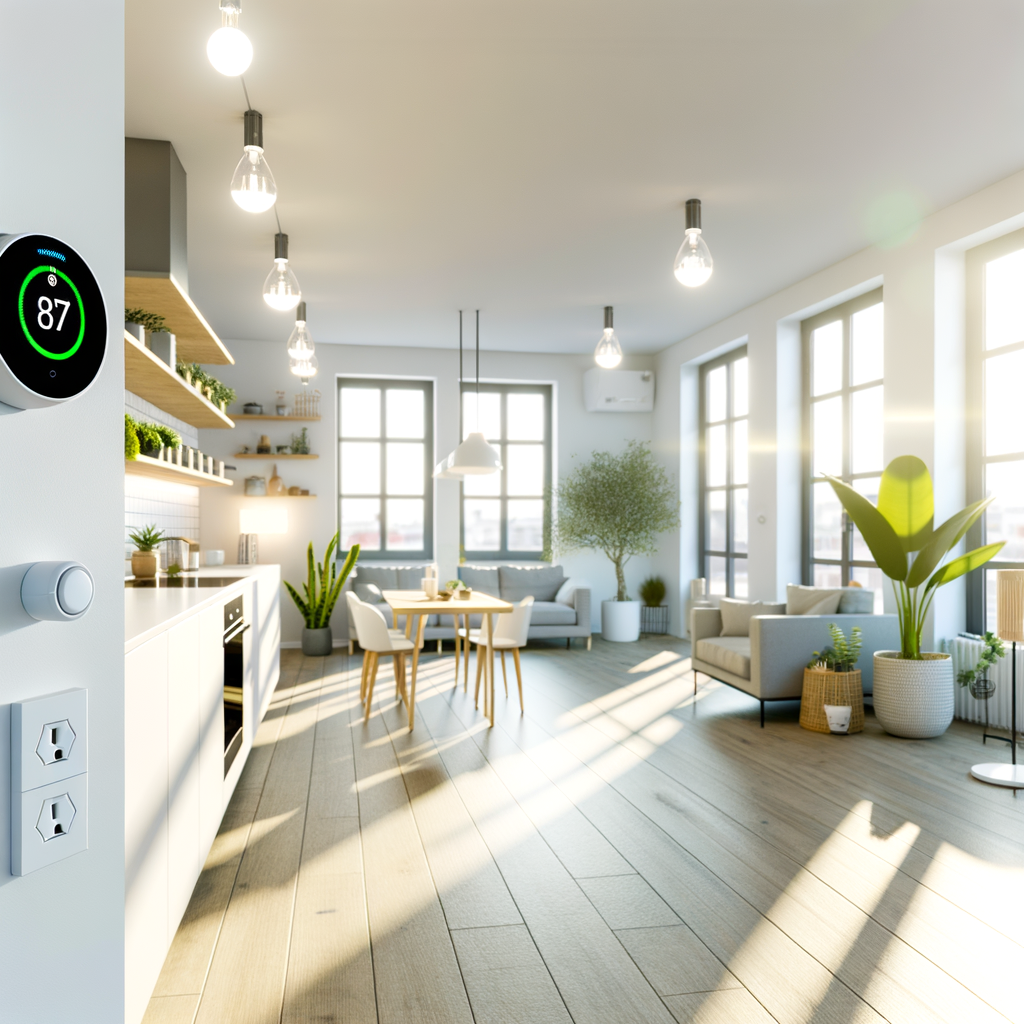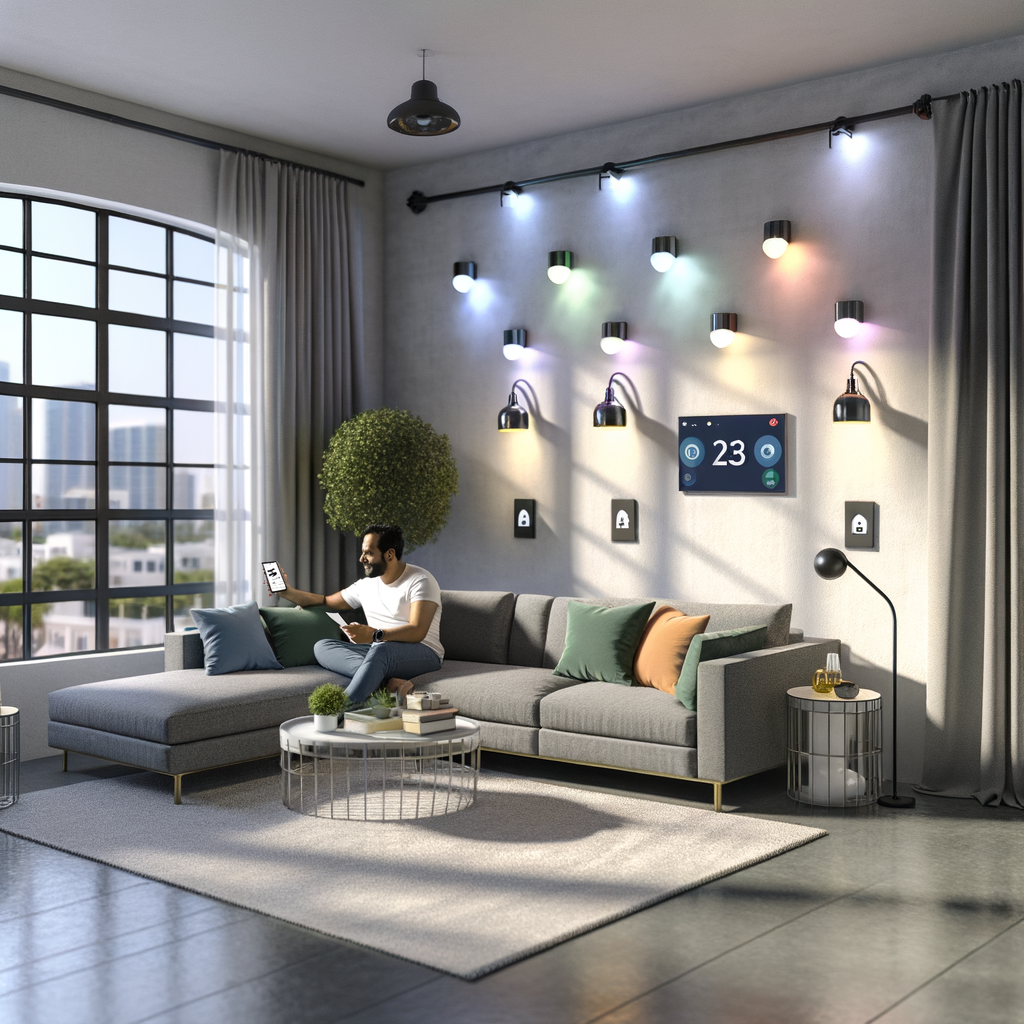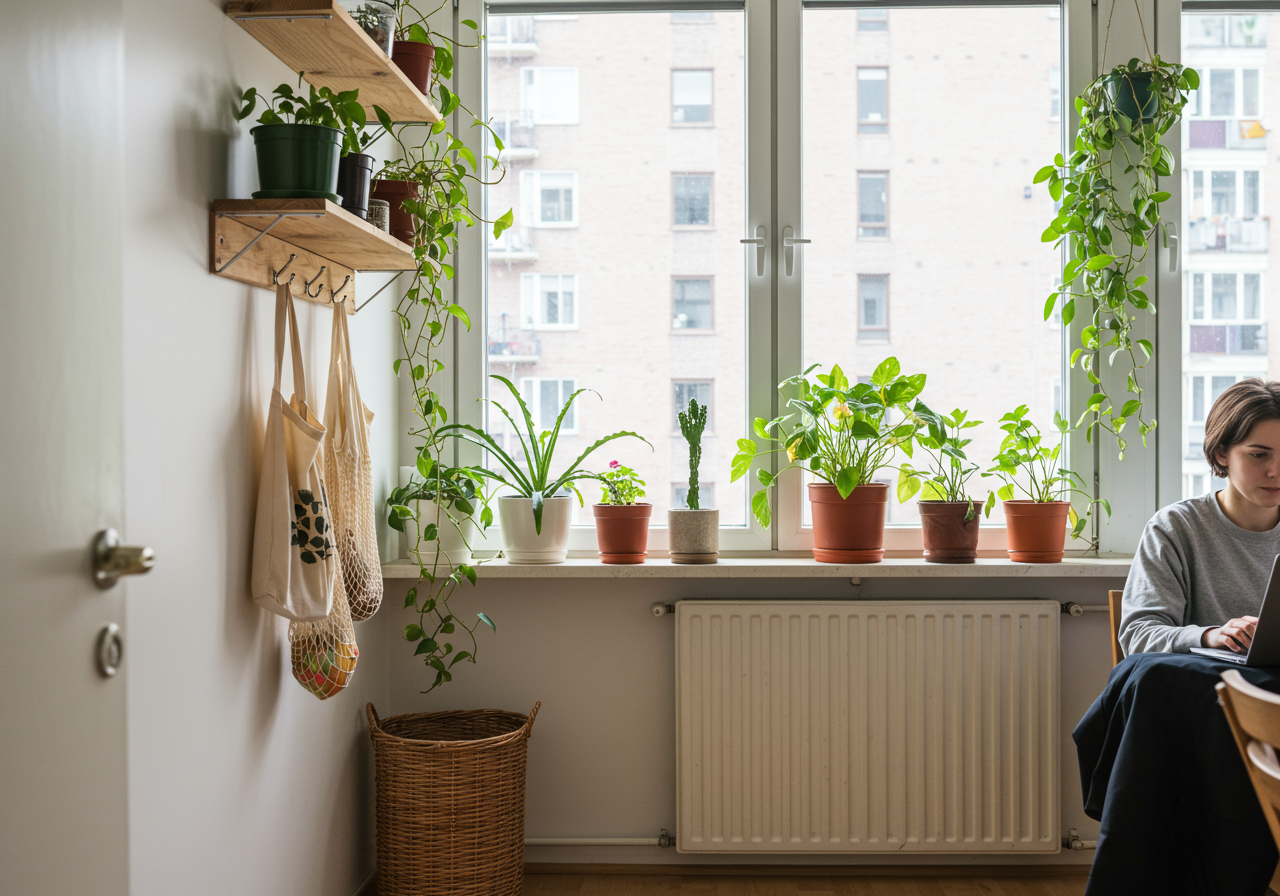Busting 7 Common Myths About Smart Home Tech for Eco-Conscious Renters
Smart home technology is no longer just for homeowners or tech-obsessed gadget fans. With rental-friendly options now widely available, eco-conscious renters can harness smart tech to save energy, reduce waste, and tread lighter on the environment—all while enjoying added convenience and comfort. But myths about cost, complexity, and accessibility still stop many renters from taking the plunge.
Let’s set the record straight. In this article, we’ll bust seven of the most stubborn myths about smart home tech for renters, offer expert insight, and share actionable tips for making green upgrades—no lease violations required!
Myth #1: Smart Home Tech Is Too Expensive for Renters on a Budget
Think you need deep pockets to embrace smart home living? Think again.
Smart Tech Is More Affordable Than Ever
- Entry-level devices like smart plugs, bulbs, and thermostats now start under $30.
- Many products require no professional installation—saving you costly service fees.
- Energy savings from smart devices (such as reduced utility bills) offset the upfront investment over time.
Actionable Tips for Renters
- Prioritize high-impact upgrades. Start with one or two devices: a smart thermostat, plug, or LED bulbs can quickly pay for themselves.
- Watch for sales around holidays and Main Shopping Events (Prime Day, Black Friday).
- Consider refurbished or open-box smart devices from reputable sellers for deeper savings.
Myth #2: Smart Devices Are Hard to Install and Need Permanent Changes
This myth can stop renters who aren’t allowed to alter their living space or drill holes. Happily, it’s just not true!
No Tools or Drilling Needed
- Plug-and-play devices (smart plugs, set-top assistants, and bulbs) require zero permanent modification.
- Battery-operated sensors and alarms often use removable adhesive strips instead of screws.
- Many new smart thermostats work with existing hardware (though you’ll need landlord permission to swap out the old one).
Actionable Tips for Renters
- Focus on portable or reversible tech. Smart plugs, light bulbs, and speakers are ideal for moving between rentals.
- Always check your lease and request permission before modifying thermostats or hardwired security devices.
- Keep original packaging to easily remove and restore devices before moving out.
Myth #3: Renters Need Landlord Approval for All Smart Devices
While you should check your lease before modifying fixed infrastructure, many smart devices are entirely renter-safe.
Plug-In and Non-Invasive Options
- Smart plugs, voice assistants, and wireless speakers usually don’t require any landlord involvement.
- Battery-powered smart doorbells or security cameras can be mounted with adhesives. Just be sure not to alter doors or walls permanently.
- For thermostats or locks, always get permission in writing and propose reverting to the original upon move-out.
Actionable Tips for Renters
- Stick to standalone, portable smart tech for maximum lease compliance and flexibility.
- If you want to install something semi-permanent (like a thermostat), offer to share energy savings data with your landlord—it may sweeten your ask!
Myth #4: Smart Tech Is Only for Tech-Savvy People and Takes Time to Learn
Even if you’re not a gadget geek, today’s smart devices are designed for all skill levels.
Simpler Interfaces and Voice Control
- Most devices feature step-by-step smartphone apps for easy setup. No programming needed.
- Voice control (via Alexa, Google Assistant, or Siri) simplifies routines—just say what you want!
- Many smart home apps allow one-tap scheduling, automation, and scene creation for climate and lighting.
Actionable Tips for Renters
- Start small. Try a smart plug to control a lamp from your phone or voice—no technical skills required.
- Watch online tutorials or join digital communities (Reddit, Facebook Groups) for extra help.
- Many manufacturers offer chat support or customer hotlines for troubleshooting.
Myth #5: Smart Home Tech Isn’t That Green or Eco-Friendly
Some worry that fancy electronics simply add “energy vampires.” In reality, smart home tech can dramatically reduce your environmental footprint when used wisely.
Real Energy and Resource Savings
- Smart thermostats cut heating and cooling waste by learning your patterns and auto-adjusting.
- LED smart bulbs use 75–90% less energy than incandescents—and last years longer.
- Smart plugs let you schedule, power down, or monitor “always-on” devices remotely.
- Sensor-enabled devices (like motion-sensing lights) save power by only running when needed.
Actionable Tips for Renters
- Enable automation features—such as lights-off when you leave, or thermostat “Eco” mode—right after setup.
- Use energy usage analytics (available in many smart plugs and thermostats apps) to identify wasteful habits.
- Combine smart devices in scenes/routines for extra efficiency, like turning off all non-essential gadgets at bedtime.
Bonus: Many utility companies offer rebates or discounts for installing energy-saving smart devices. Check your local provider’s website!
Myth #6: Modest Apartments Don’t Benefit from Smart Home Upgrades
Forget the mansion stereotype. Even a studio or one-bedroom rental can see significant comfort and efficiency gains from smart tech.
Small Space, Big Impact
- Smart LEDs save more the longer they’re used—perfect for anyone spending lots of time at home.
- Room-by-room sensors or thermostats help heat/cool just the spaces you’re actually using, rather than the entire apartment.
- Automated window shades can regulate sunlight and temperature, even in a single room.
Actionable Tips for Renters
- Install smart bulbs or plugs in high-use lights or outlets (such as living room lamps, TVs, or kitchen appliances).
- Consider portable air quality monitors if you want to track VOCs or humidity in your smaller space.
Myth #7: Smart Home Devices Compromise Your Privacy and Security
Security worries are valid, but with some basic precautions, you can enjoy smart tech without sacrificing your privacy.
Steps to Protect Your Data
- Change default passwords and use strong, unique ones for each device and app.
- Enable two-factor authentication (2FA) wherever available.
- Regularly update device firmware through official apps to get critical security patches.
- Decide carefully which devices need microphone or camera access—disable features you don’t need.
- If possible, use a separate WiFi network




